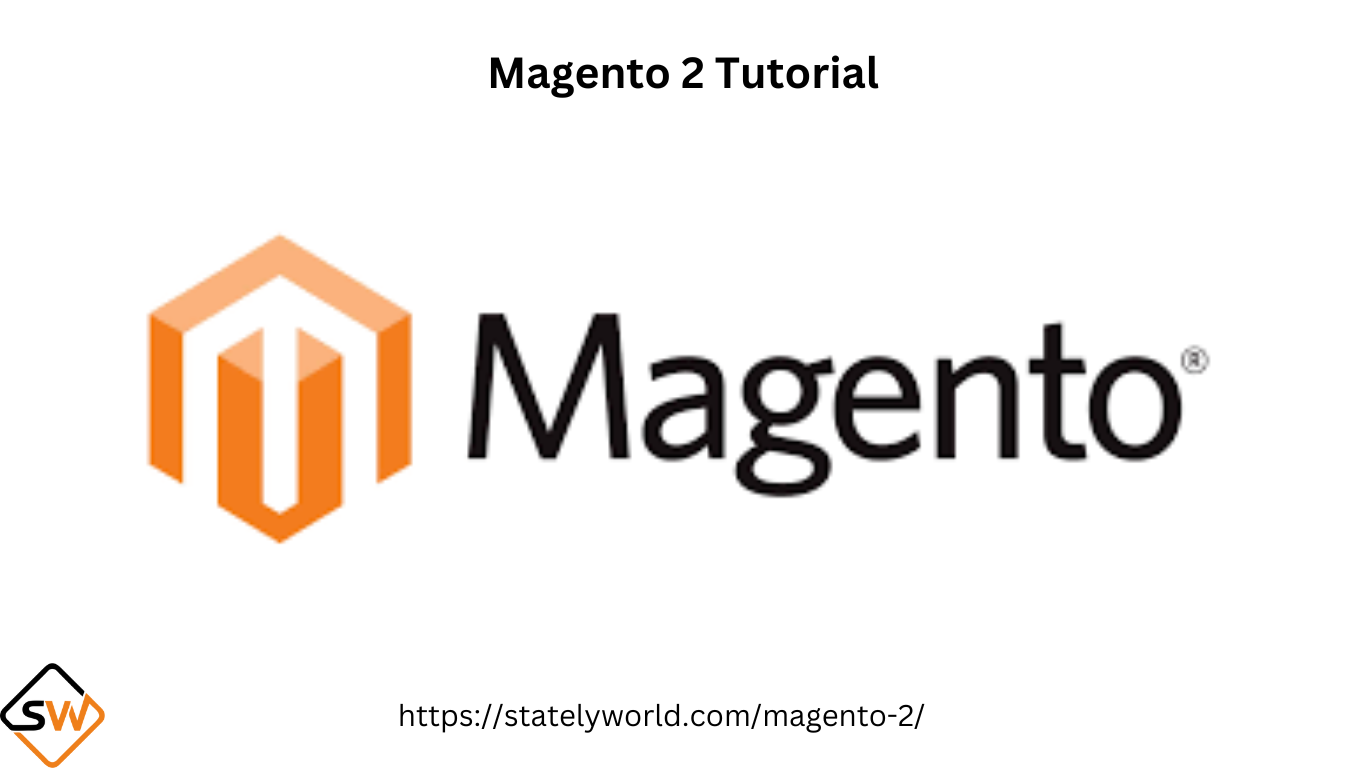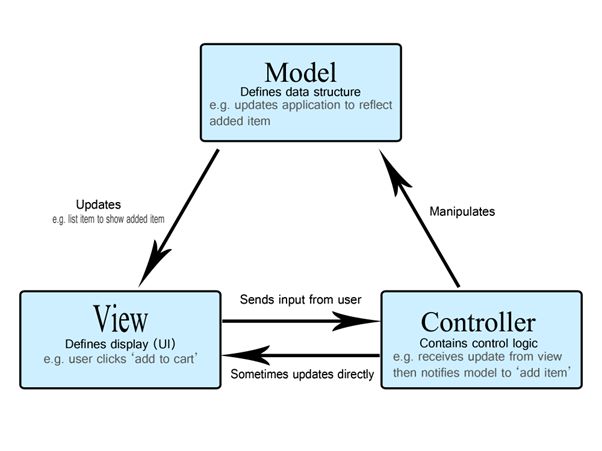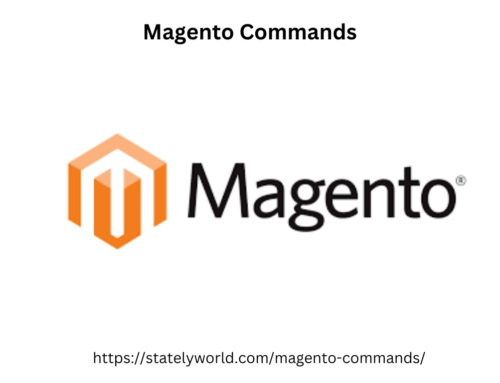
What is Magento 2?
Magento 2 is an open-source E-commerce platform, which is created by Roy Rubin and Yoav Kutner under Varien Inc. Magento was first released on March 31, 2007. It is a useful software for online business, and is currently the largest E-commerce platform in the world.
Magento 2 is the most used CMS (Content Management System) to create online stores around the world by its powerful, scalable architecture. It is compatible with the latest technologies such as – PHP7 which means faster load time in comparison to Magento 1. Magento 2 allows the user to update the E-commerce website automatically.
Why Used Magento 2?
- Magento 2 is compatible with the latest technologies such as PHP7 which means faster load time in comparison to Magento 1.
- It can handle approx 10 million page views in an hour.
- Magento 2 is a multi-store and multi-language tool.
- It provides an easy ability to set up additional websites using a subset of the catalog and the variation of the design.
- It provides an easy admin panel, which is very handy for customization, product creation, filtering data, and navigation.
- Due to its open-source nature, you can design your e-commerce store exactly like what you want, without any compromise.
- It allows searching and sorting of the product in various ways.
- It enables several integrated payment gateway methods such as Paypal, Google Checkouts, Braintree, etc.
- WordPress is also good, but it cannot be used to develop business websites. Even WordPress provides plugins for e-commerce, but Magento is specifically built for e-commerce.
MODEL VIEW CONTROLLER ARCHITECTURE
The Model-View-Controller (MVC) is an architectural pattern that separates an application into three main logical components: the model, the view, and the controller. Each of these components is built to handle specific development aspects of an application. MVC is one of the most frequently used industry-standard web development framework to create scalable and extensible projects.
Disadvantages / Limitations of Magento
Here is a short list of the main disadvantages of Magento:
- The Magento system has a very large and complex structure. So, to build an online store, you will need really strong and professional teams of developers and testers.
- Cost of development. Usually, Magento site development requires a large investment of time and knowledge, which justifies its high cost.
- Customization of a Magento store takes longer than customization of other eCommerce platforms.
- You should know that Magento takes up a great space so hosting on shared servers could lead to the slow speed of the website. As a solution, might be a robust dedicated hosting server which also will take a certain portion of your budget.
- The Magento community edition is free. But if you want to have more, Enterprise edition for example, don’t forget that it requires an additional annual fee.
All these disadvantages are mostly related to the additional expenses which can be reduced by careful planning.
CREATING CUSTOM MODULE
A guide to creating a custom module. Follow these steps to create a module:
- Create the module folder.
- Create the etc/module.xml file.
- Create the registration.php file.
- Run the bin/magento setup: upgrade script to install the new module.
- Check if the module is working.
If you want to learn these steps in detail do let me know. I will update it in my blogs.



